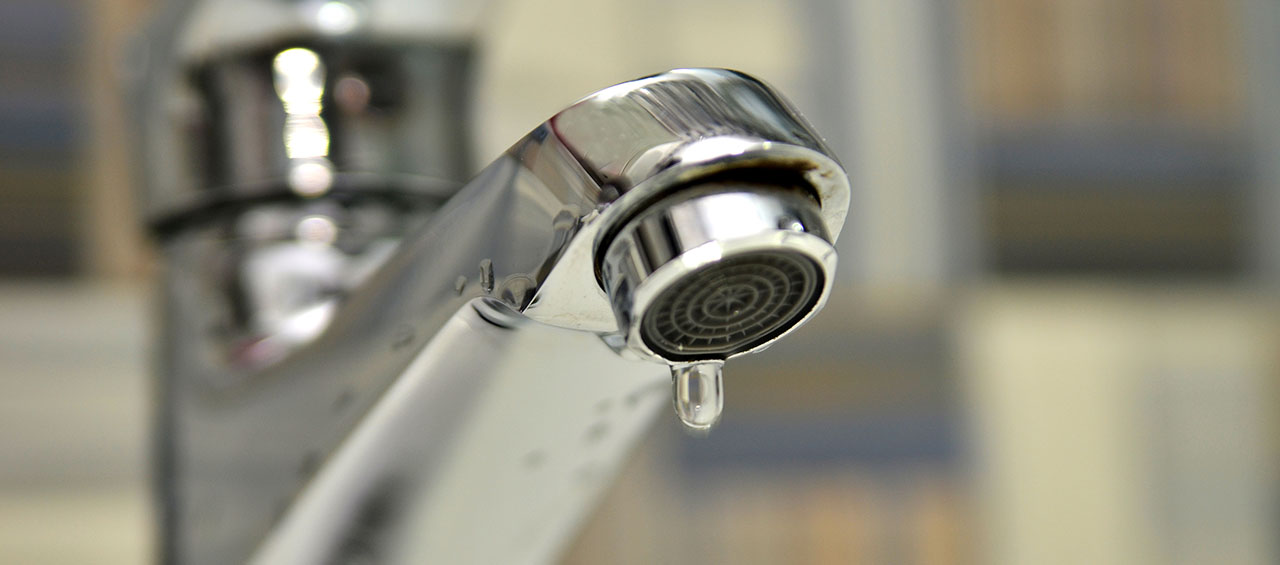Anyone who owns a home will tell you that utility bills account for a good chunk of change in the operation of a house. Whether it’s cooling or heating a home with gas or propane, running up electricity costs for lights and/or cooking appliances plus water consumption, we all need to be as efficient as possible.
Your water bill is a major utility and it can be especially worrisome if you find the cost rising. Not only does a high water bill cost you money, it contributes to a significant waste of one of our most precious resources. If you find that your bills are high, it might be well worth your while to track down the cause and correct it as soon as possible.
Here are a few common reasons why you may be experiencing higher than average costs and what you can do to fix them.
Can a Running Toilet Cause a High Water Bill?
Yes, the most common cause for a spike in your water bill might be from a continuous running toilet. A running toilet can waste up to 200 gallons a day and double a family’s typical use of water. Often you can fix the leak yourself by checking inside the tank for a malfunction of the internal equipment.
Check for a deteriorated or defected flush valve ball (flapper) at the bottom of the tank to make sure that it is making a tight seal; otherwise, water will leak into the toilet. Also, check for an improperly adjusted or broken fill (ballcock) valve. You can check for this by taking the lid off the toilet tank, flushing and watching to see if water is draining into the overflow tubes when the tank is full.
If you feel that attempting to correct these possible problems is beyond your technical expertise, contact an authorized plumber to come and correct them. The money spent will be offset by the high cost you will continue to attain due to a running toilet.
Leaking Faucets
The second most common reason for higher water bills is due to leaky faucet fixtures. Obviously, the heavier the leak, the more water wasted which results in higher water costs. As an example, a leaking faucet dripping at the rate of one drip per second can result in more than 3,000 gallons of water wasted each year!
Spotting leaky faucets and fixtures can more often than not be determined by a simple visual check of your faucets. This inspection should also include shower heads and any other plumbing fixtures in the house.
You can often correct the cause of a faulty rubber washer in the faucet handle by simply turning off the water source, unscrewing the handle or shower head, removing the bad washer and replacing it with a new one.
Irrigation Systems & Outdoor Leaks
Leaks can occur in some unsuspecting and harder to reach places like under your house, service line between the water meter, and your home or underground irrigation systems.
With regards to under your home, check outdoor spigots and crawl spaces. Also look for wet spots in your yard which might be an indicator that there is a leak somewhere.
With regards to irrigation systems, it’s common to use a lot more water in the summertime, but automated irrigation systems should be checked to make sure they are functioning properly with no leaks or broken sprinkler heads. Broken sprinkler heads can lead to a steady dripping of water which will increase your water usage and costs. Additionally, make sure your programming is correct so that sprinklers are not watering too often and too long, this too will add additional cost and water waste.
Precious Commodity
Keeping your water usage in check and maintaining an efficient operating system at home isn’t that difficult. The secret to reducing your water usage and costs is simply to check around the house for these common offenses. When you do discover a problem, get it repaired and functioning properly to ensure that our precious commodity is not going down the drain.

